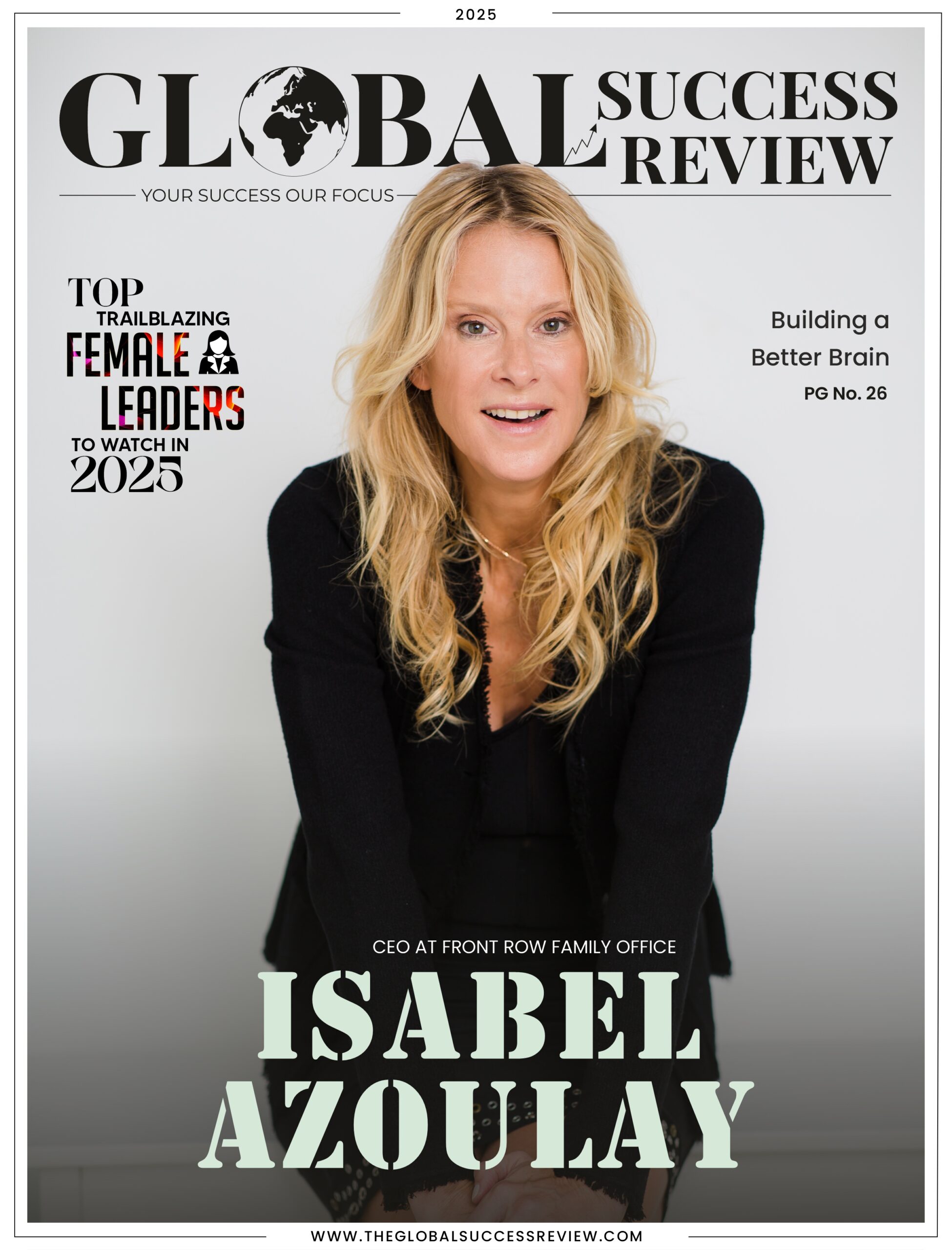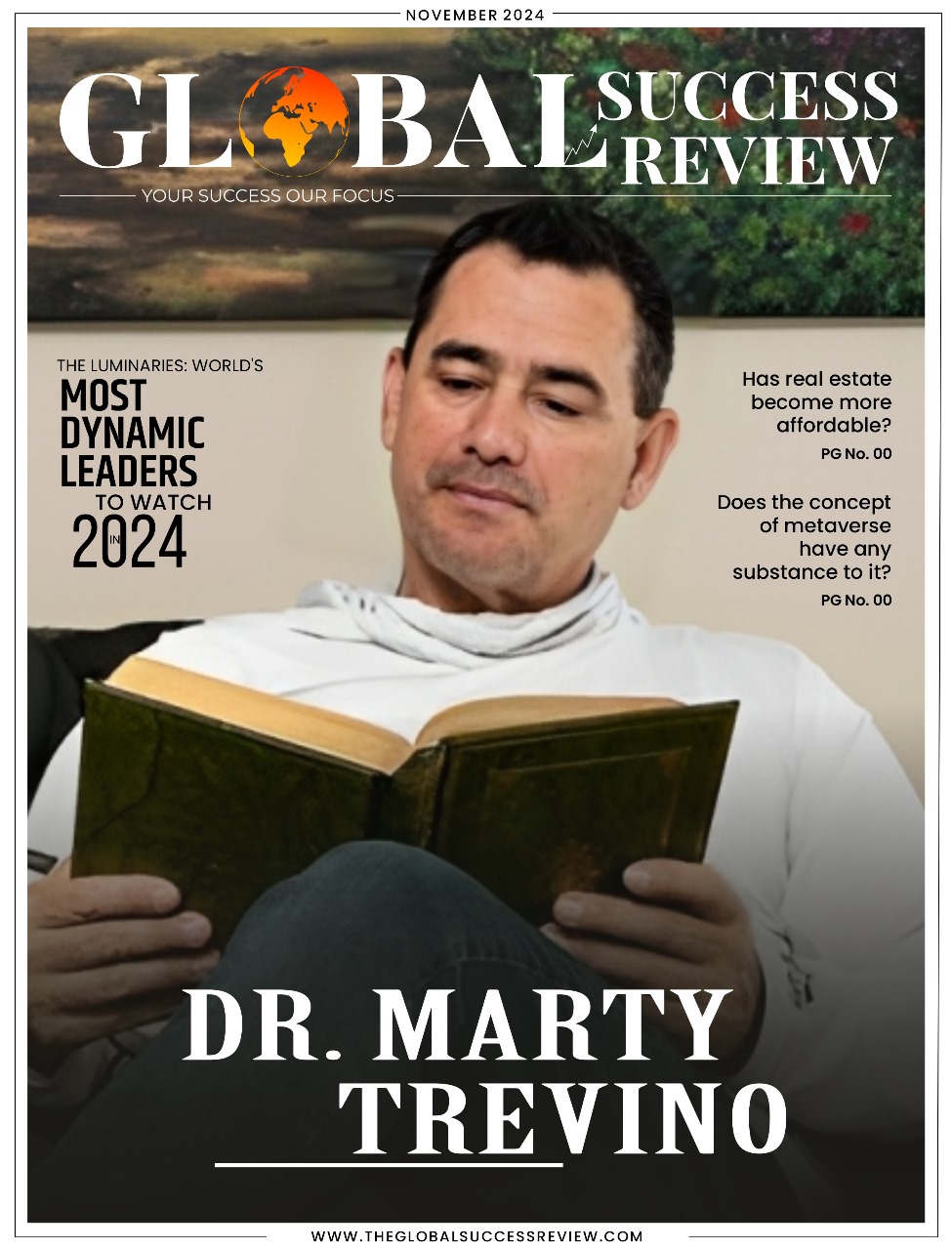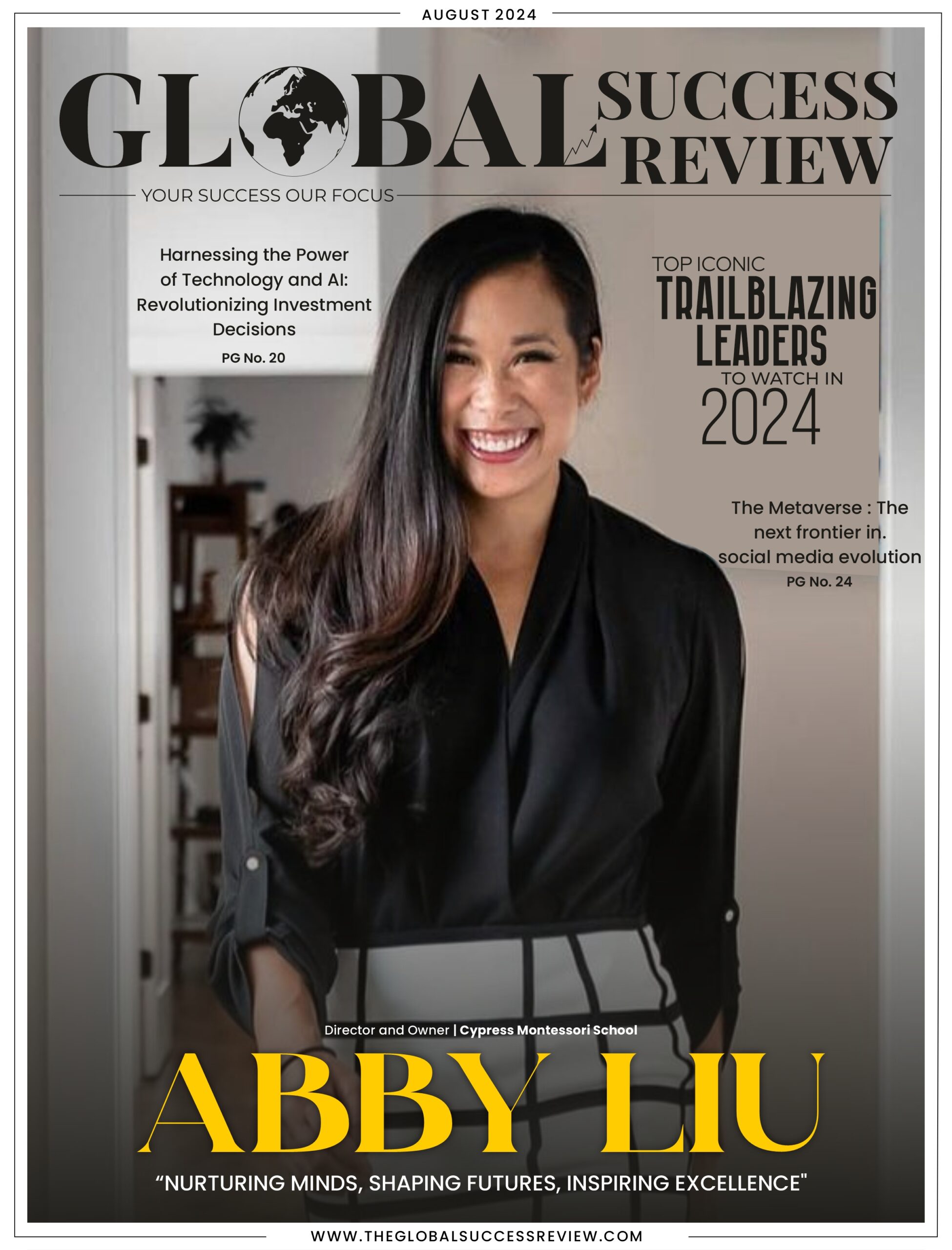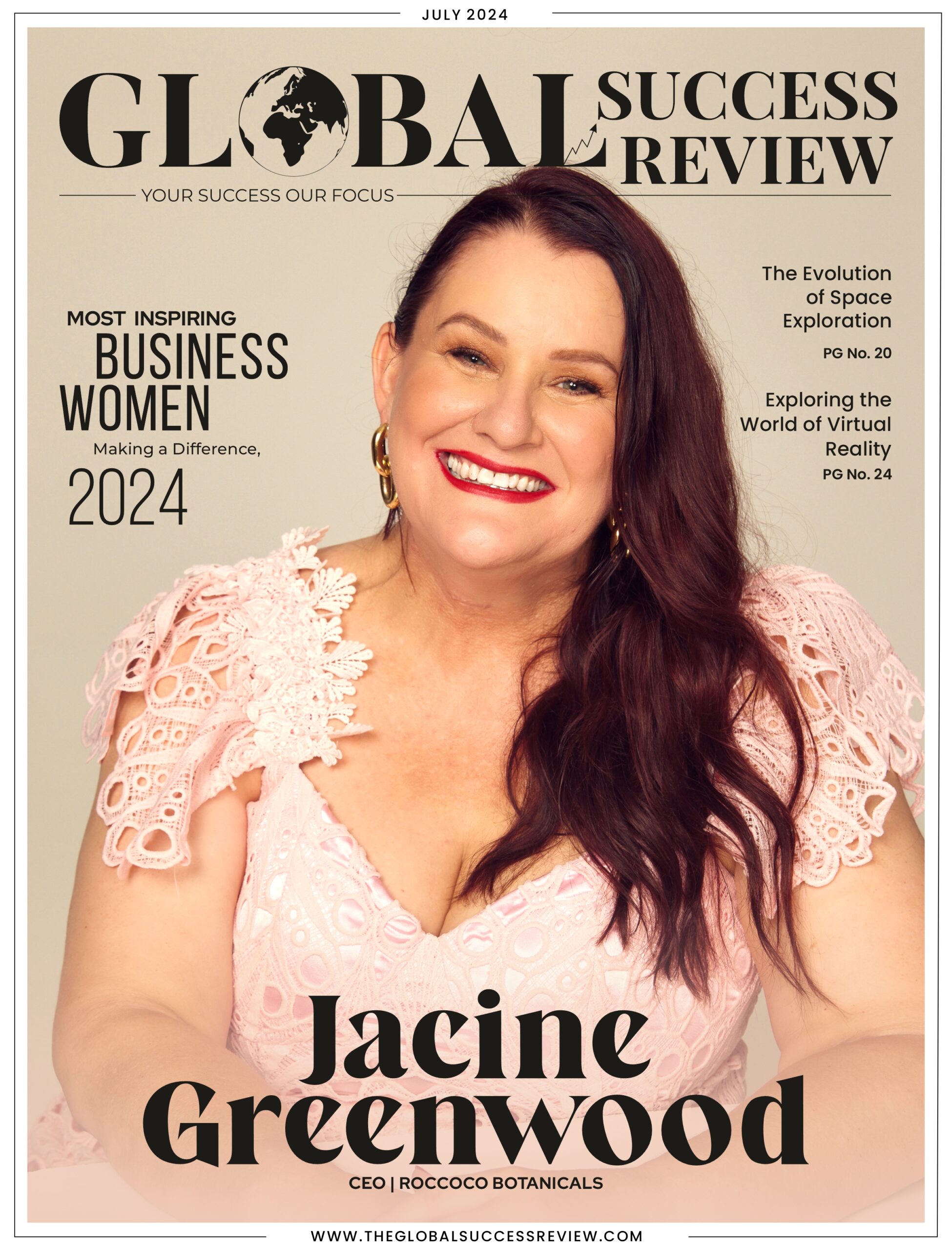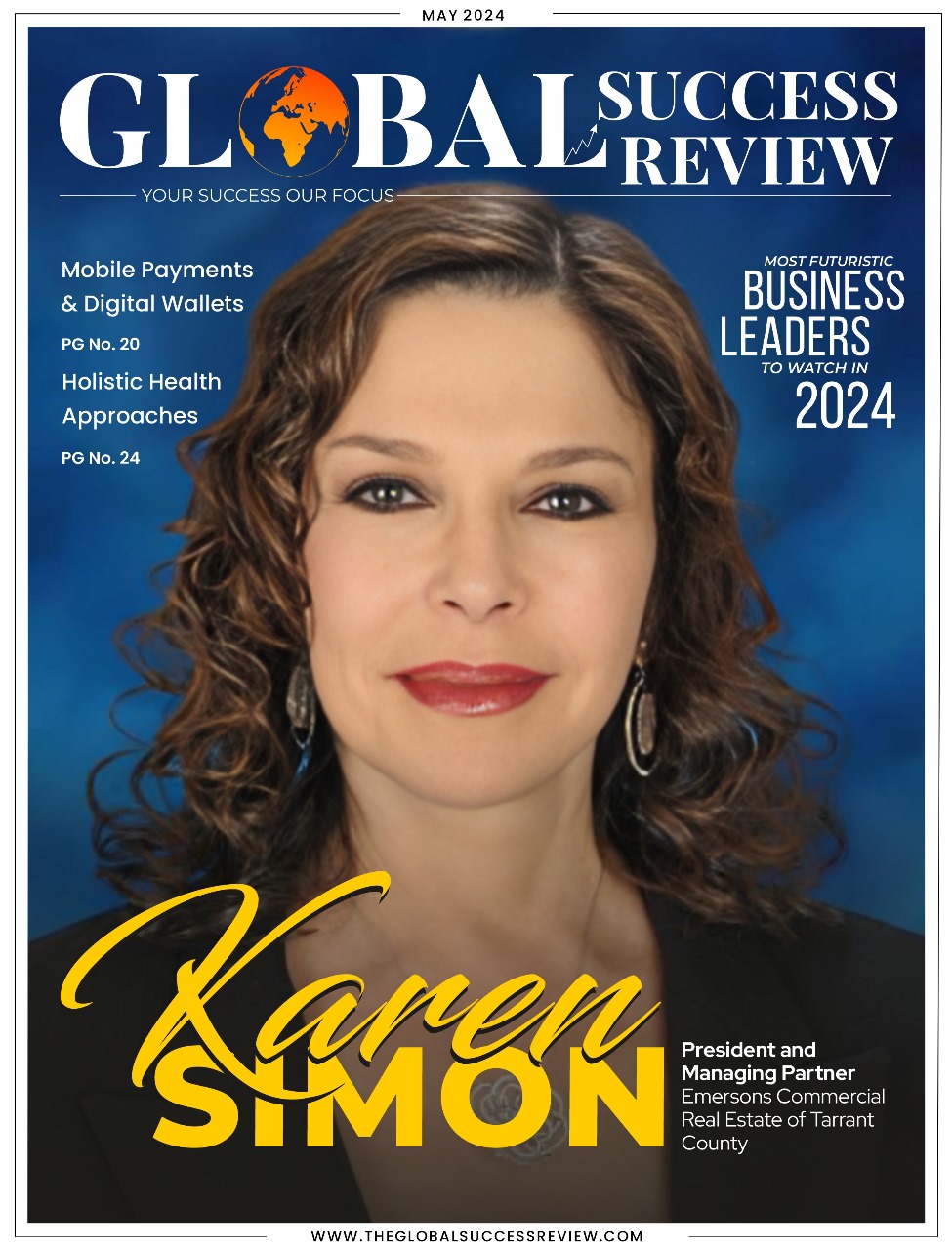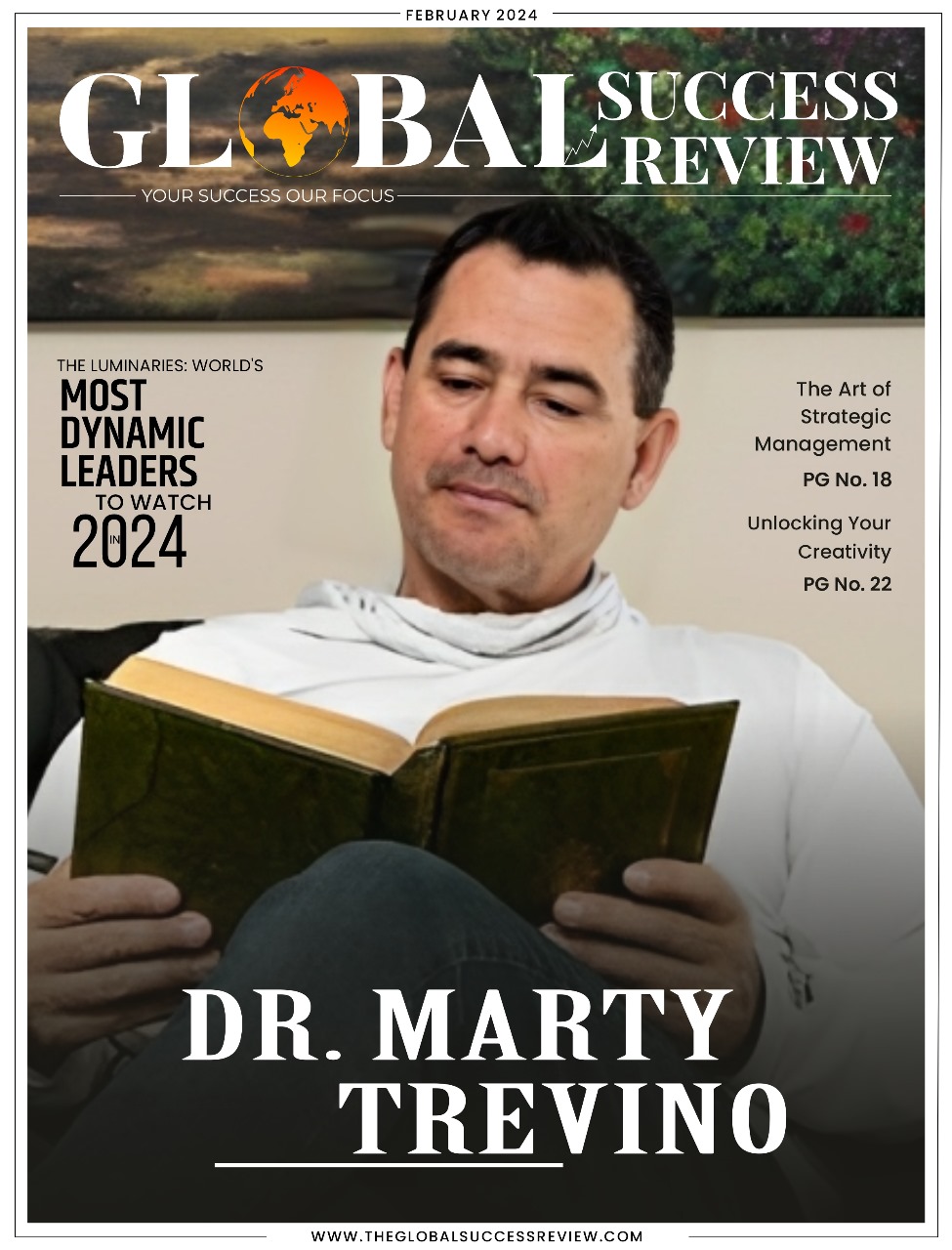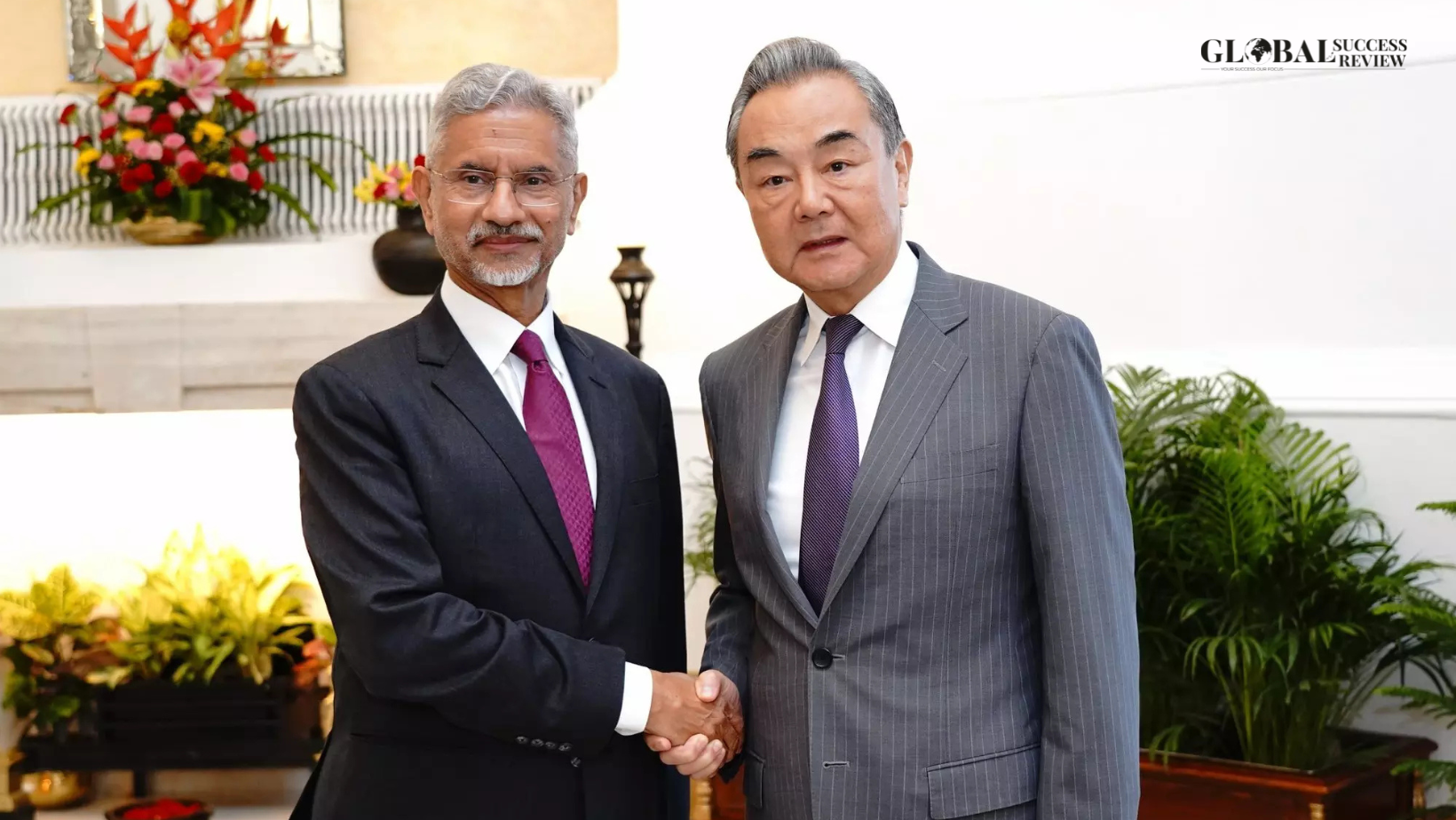By Global Success Review News Desk
Updated April 10, 2025 | 12:50 PM ET
It’s been a whirlwind week for the global business and investment community. What began as a firm stance on sweeping new tariffs from the White House ended with an unexpected pause that has left analysts, businesses, and foreign governments trying to make sense of what comes next.
President Donald Trump had spent days doubling down on a new round of country-specific tariffs, which were rolled out earlier this week and immediately affected dozens of the United States’ trading partners. Investors were bracing for long-term market turbulence until Trump changed course just 12 hours later.
By Wednesday afternoon, President Trump announced he would put a 90-day hold on the majority of these new tariffs. His reasoning? According to a post on Truth Social, more than 75 countries had contacted U.S. trade officials in hopes of negotiating a broader agreement. Trump cited this unprecedented diplomatic outreach—and the fact that many countries had chosen not to retaliate as justification for the pause.
“More than 75 countries have called Representatives of the United States … to negotiate a solution to the subjects being discussed relative to Trade, Trade Barriers, Tariffs, Currency Manipulation, and Non-Monetary Tariffs,” Trump wrote. “These Countries have not, at my strong suggestion, retaliated in any way, shape, or form against the United States.”
While the announcement offered some immediate relief to jittery markets, it also raised new questions. Just hours before this reversal, both Treasury Secretary Scott Bessent and Commerce Secretary Howard Lutnick stood by the President in the Oval Office, reinforcing a message of economic strength and unwavering commitment to the tariff plan. Now, that plan is partially on hold, except when it comes to China, where tariff increases are still set to move forward.
This sudden shift highlights a broader pattern that markets have grown familiar with over the past decade: hardline trade policy often walks hand-in-hand with behind-the-scenes negotiation.
Speaking with reporters shortly after announcing the pause, President Trump admitted, “A lot of times, it’s not a negotiation—until it is.”
What’s Next for Business and Trade?
The temporary hold offers breathing room for global companies navigating supply chain disruptions, pricing concerns, and investment uncertainty. However, the future remains unclear.
Key sectors like automotive, electronics, and agriculture, many of which rely on cross-border components and international demand, will be watching closely as the 90-day period plays out. The possibility of resumed tariffs, new trade deals, or retaliatory measures still looms large.
For now, companies are taking stock, reassessing risk, and preparing for what may be a volatile summer of trade diplomacy.
Global Success Review Magazine will continue to follow this story and provide expert insight into how these trade dynamics impact business growth, international relations, and global markets.


